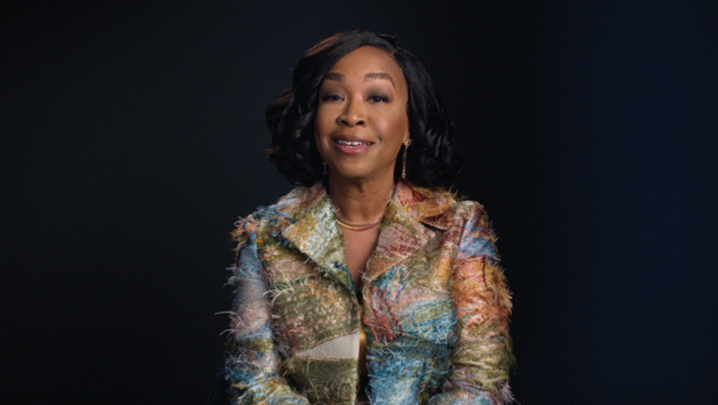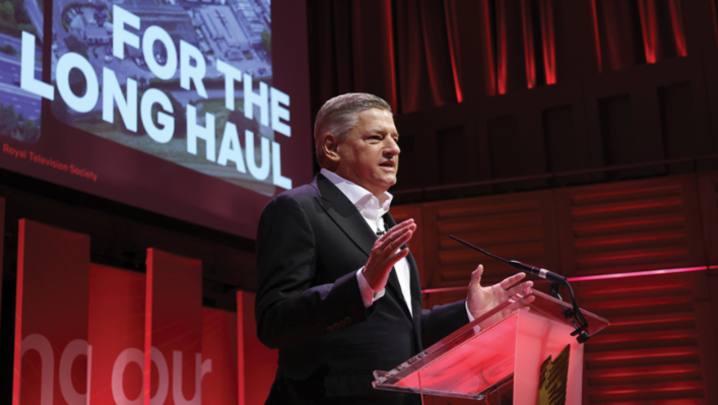The National Trust’s filming and locations manager Lauren Taylor studied history and film at university before joining the charity as a marketing assistant and going on to join its film office.
The film team liaises between National Trust properties and film and TV location managers on projects ranging from daytime shows to big-budget dramas.
They have assisted on several upcoming series including Poldark series 5, The Crown series 3, new Netflix show Watchmen and the BBC’s latest adaptation of A Christmas Carol, starring Tom Hardy, plus the Downton Abbey film.
Alongside the charity’s head of filming and locations, Harvey Edgington, Taylor has co-authored National Trust on Screen, a guide to over 50 major shoots that have taken place around the country, due out next spring.
What does a filming and locations manager do?
My job at the National Trust involves project managing, booking filming, and dealing with initial inquiries through to the actual shoot. There are three of us in the office and we manage everything from still photos, to documentaries, to dramas, to films.
At what stage in production do you usually come on board?
Sometimes people call up and they know where they want to go, or they might need help finding somewhere. They’ll say, “we need a house that looks like Kensington Palace” or “we know we want to film at Chartwell because that’s Churchill’s house”.
We suggest locations to fit their brief, then we arrange for recces. And we help the properties work out if they can definitely take on a project, because it’s quite a lot of work for them. Once it’s all happening, we attend the recces and generally act as liaison between the properties and the location managers. We also set the location fees and all the boring logistical stuff such as contracts.
Our main challenge is trying to make things work in very important, delicate, historical places that have to be left as they’re found. If it’s going to be too risky then we just don’t do it, because it’s not worth it.
Our main priority, as an organisation, is looking after these places and opening them to the public. That’s our raison d’être – filming has to fit around that. These are not empty location houses, they are living, breathing visitor attractions.
Is there anything you can’t film at National Trust properties?
As a charity, we have to be impartial. When it comes to documentaries, we don’t do religion or politics. We can’t do a party political broadcast or something for the Jehovah’s Witnesses, for example. Our contracts say no nudity unless you discuss it with us first, but it’s quite infrequent really. I’ve had an instance where there’s been an actor naked in a scene and I was like, “OK, but he just can’t turn around and face the land.”
What impact does filming have on National Trust properties?
Big films and even TV dramas and factual shows such as Countryfile will bring more people in. A classic example is Tim Burton’s Alice in Wonderland, filmed at Antony House in Cornwall. We’d never done a shoot there before, not even a documentary, and their numbers went from 20,000 to 100,000. What’s great is that visitor numbers never go back to where they were before.
How do you prepare properties for that sort of visitor growth?
We’ll warn them and say, “Look, this will probably be a big film”, but you never really know. Sometimes it looks like it’s going to be a big film and it isn’t. At Antony House, they put in some more car parking spaces and had a big think about how they were going to manage that flow of people.
Generally, properties can absorb higher visitor numbers and a lot of the houses have timed tickets anyway.
What could film and TV crews do to make your job easier?
They need to understand that it is a historic space and not a studio. We’re not being difficult or putting loads of restrictions in on purpose. We ask for those things because they’re necessary and because we are a charity and we have all these priceless things.
We have 5 million members, we need to be seen to be looking after these places properly. They are of importance and they will be for hundreds of years to come. At the Trust, we don’t think in terms of 10 years, we think in hundreds of years.
What’s the best thing about your job?
It’s great seeing all these places brought back to how they were in their heyday. In Pride and Prejudice, with Keira Knightley, the Netherfield ball scenes were filmed at Basildon Park, near Reading.
I was there the day they shot the arrival at the ball and the whole ball scene. There were 250 people in costume, six horses and carriages, and braziers outside lighting the way in. There was Donald Sutherland, Keira Knightley and Rosamund Pike – all these people there, dressed in their beautiful outfits and you just think, “My goodness, this is what it would have been like”.
It’s a chance to see these places as they were used for entertaining, for parties, for breakfast. Now, they’re not so much museums, but obviously they’re not as lively as they were then.
What are some common misconceptions about your job?
People think we get to meet the stars, but we don’t. We see them, but no one bothers them because they’re doing their job.
People also think it must be quite glamorous and it isn’t really. It’s a lot of slog. There’s a lot of thinking about where the trucks are going to park and talking to all sorts of people. I once had to ring a vicar and ask if we could dig a grave in his graveyard, which was odd!
What kind of challenges are unique to your job?
Sometimes the outdoors can be as complicated as the historic buildings. On a show such as Poldark, for example, we were joined by Natural England, which advises us on what can and can’t be done on Sites of Special Scientific Interest.
Bats are a big thing, they get everywhere, such as at Woodchester Park when we did The Crown. There is a scene where Prince Philip is in a boathouse over a lake and falls out of the window. It’s a very important habitat for lesser horseshoe bats. We had to get a bat ecologist down to come and advise what times of the day they could actually film.
In those situations, you’ve got to see if you can get hold of the bat person. Can they come out at the right time? If they can’t, then we haven’t got the advice we need and can’t proceed.
Interview by Pippa Shawley





